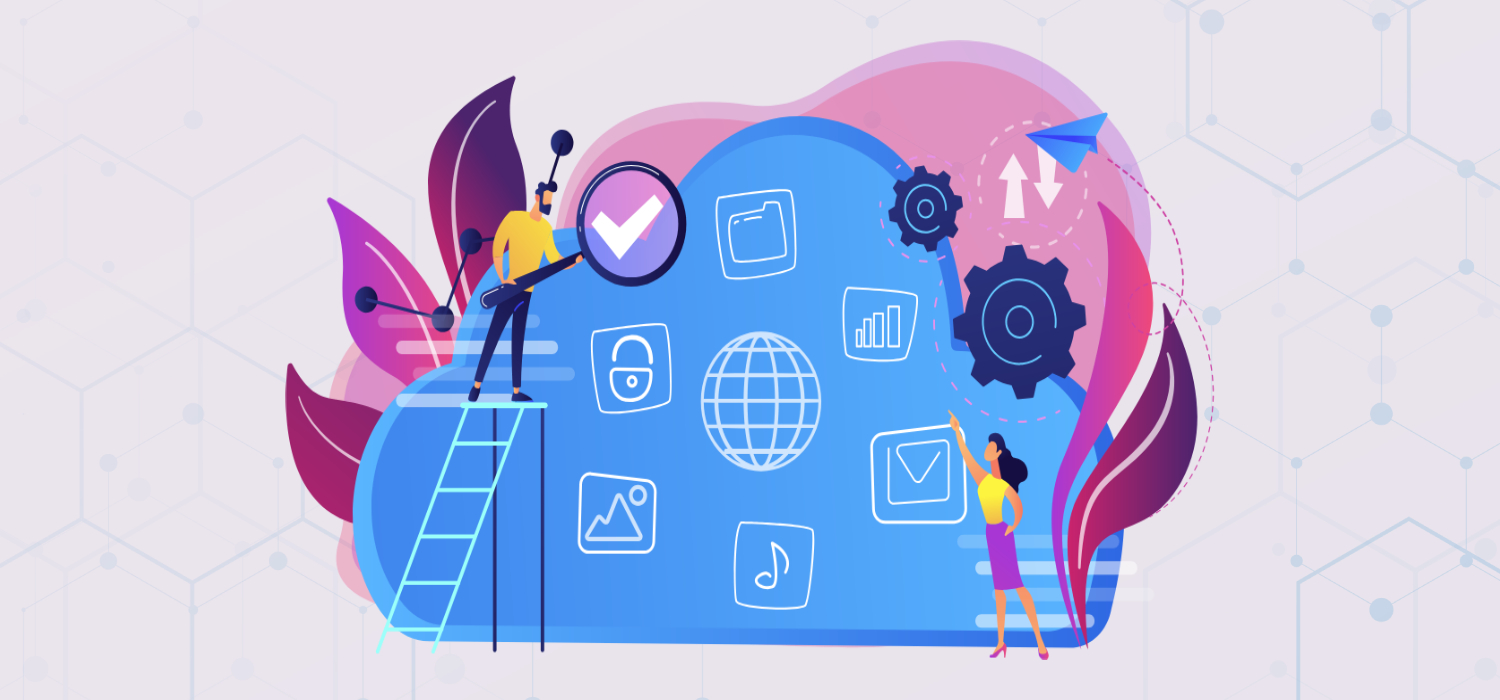How to Remove IT Challenges with RPA and Cloud?
Businesses are facing a wide range of IT issues, from managing intricate operations to collecting data security and compliance. Organizations are increasingly using cutting-edge solutions like cloud computing and robotic process automation (RPA) to streamline operations, increase efficiency, and spur development to stay ahead of the curve. This blog will discuss how businesses can overcome common IT obstacles and achieve greater productivity, agility, and success in the current era by integrating RPA and Cloud technology. Come explore the transformative potential of RPA and Cloud with us, and learn practical approaches to get rid of IT roadblocks and open up new avenues for your company.
What are the potential IT challenges associated with RPA and Cloud?
Potential IT challenges associated with RPA (Robotic Process Automation) and Cloud integration include:
-
Integration Complexity
Integrating RPA bots with cloud-based systems and applications can be complex, requiring coordination between different platforms, APIs, and data formats. Ensuring seamless data exchange and interoperability between on-premises and cloud environments may pose technical challenges.
-
Security Risks
Cloud services and RPA bots introduce security risks such as data breaches, unauthorized access, and compliance violations. Protecting sensitive data and ensuring regulatory compliance in cloud environments require robust security measures, including encryption, access controls, and monitoring.
-
Scalability Issues
Scaling RPA and Cloud deployments to accommodate growing business needs and fluctuating workloads can be challenging. Ensuring that RPA bots and cloud resources can scale dynamically while maintaining performance and reliability is essential for meeting business demands.
-
Skills Gap
Implementing and managing RPA and Cloud solutions requires specialized skills and expertise. Organizations may face challenges in recruiting and retaining IT professionals with proficiency in RPA development, cloud architecture, automation tools, and security practices.
-
Change Management
Introducing RPA and Cloud technologies into an organization’s IT ecosystem requires cultural and organizational changes. Resistance to change, lack of user adoption, and inadequate training programs can hinder the successful implementation and adoption of RPA and Cloud solutions.
Overcoming IT Challenges with RPA and Cloud Integration
Robotic Process Automation (RPA) and cloud computing to streamline operations, enhance efficiency, and drive innovation. However, integrating RPA and cloud technologies into existing IT infrastructure can present several challenges for organizations. From security concerns to technical complexities, navigating these obstacles is crucial for maximizing the benefits of RPA and cloud integration.
-
Security Concerns
One of the primary challenges organizations face when integrating RPA and cloud solutions is ensuring data security. With sensitive information being processed and stored in the cloud, protecting against cyber threats and data breaches is paramount. Implementing robust security measures, such as encryption, multi-factor authentication, and regular security audits, can help mitigate these risks and safeguard sensitive data.
-
Compliance Requirements
Compliance with industry regulations and data protection laws adds another layer of complexity to RPA and cloud integration. Organizations must ensure that their RPA and cloud solutions adhere to relevant regulatory standards, such as GDPR, HIPAA, and PCI DSS. This may require implementing additional security controls, data encryption protocols, and audit trails to demonstrate compliance and mitigate legal risks.
-
Data Integration and Migration
Integrating RPA with existing IT systems and migrating data to the cloud can be a complex and time-consuming process. Compatibility issues, data format discrepancies, and migration errors can disrupt business operations and lead to data loss or corruption. Employing robust data integration tools and working closely with IT specialists can help streamline the integration and migration process, ensuring seamless data transfer and minimal downtime.
-
Scalability and Performance
Scalability and performance are key considerations when implementing RPA and cloud solutions. As business needs evolve and data volumes increase, organizations must ensure that their RPA and cloud infrastructure can scale accordingly to accommodate growing demands. This may involve deploying scalable cloud resources, optimizing RPA workflows, and regularly monitoring performance metrics to identify and address bottlenecks.
-
Technical Expertise and Training
RPA and cloud technologies effectively require specialized technical expertise and training. IT teams must possess the necessary skills and knowledge to design, implement, and maintain RPA bots and cloud infrastructure. Providing comprehensive training programs and investing in upskilling initiatives can empower IT professionals to effectively manage RPA and cloud solutions, driving innovation and business growth.
With careful planning, strategic implementation, and ongoing support, businesses can overcome IT challenges and harness the power of RPA and cloud to drive success in the digital age.
Key Takeaways
While integrating RPA and cloud technologies into existing IT infrastructure presents its fair share of challenges, overcoming these obstacles is essential for unlocking the full potential of digital transformation. With careful planning, strategic implementation, and ongoing support, businesses can harness the power of RPA and cloud to drive innovation, enhance operational efficiency, and achieve sustainable growth in today’s rapidly evolving digital landscape.

 contact
contact

 By
By 


